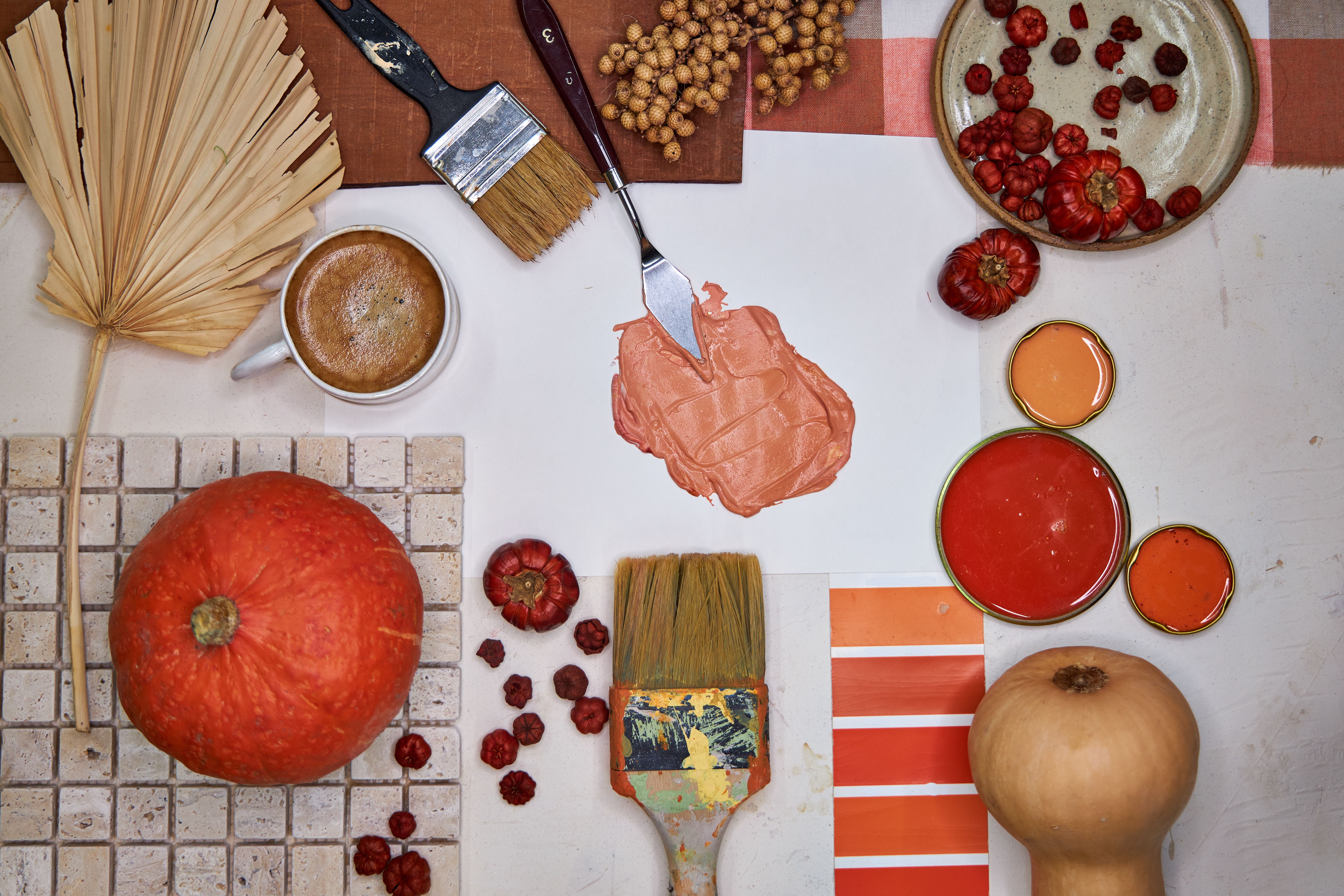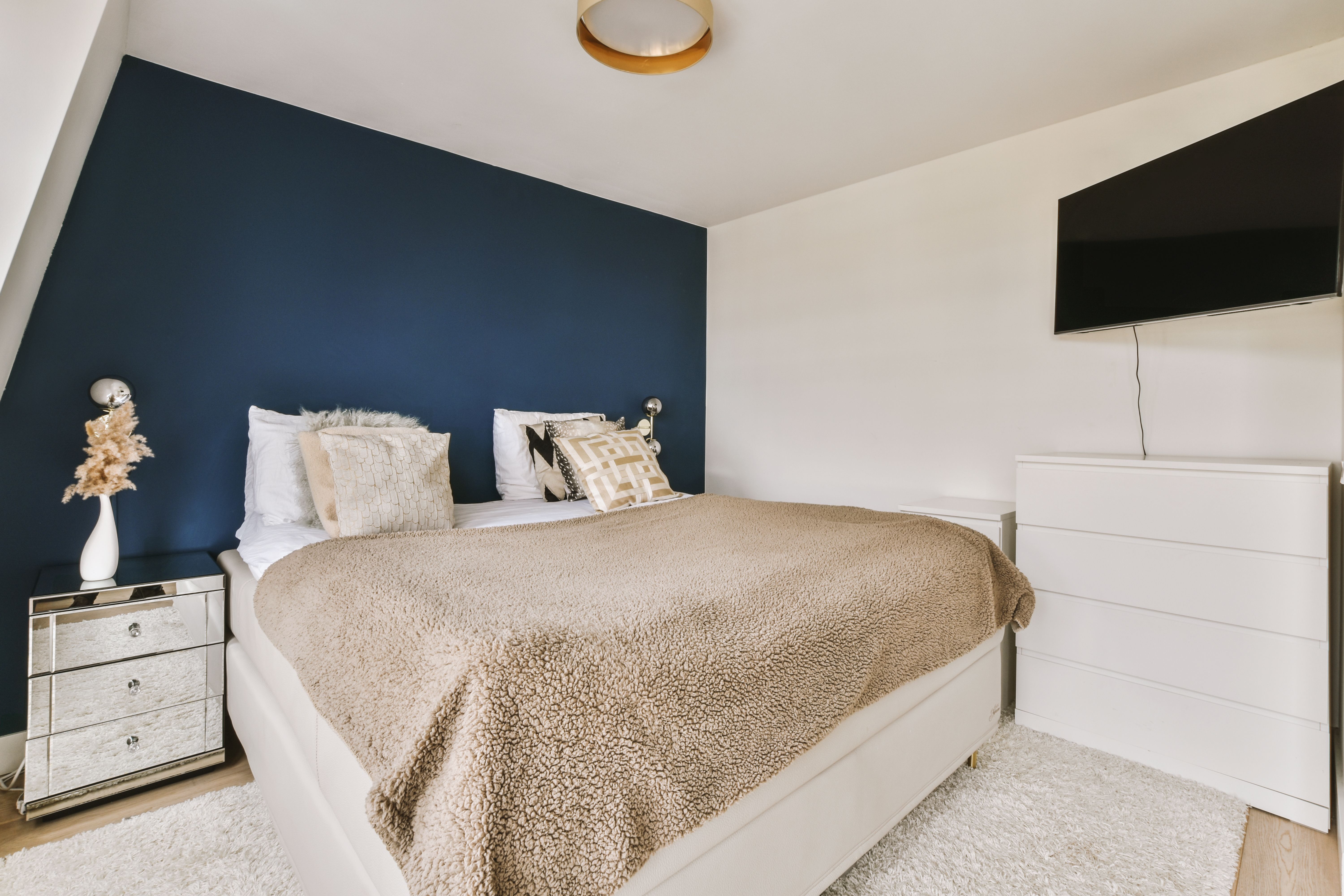Transform Your Space: The Art of Painting and Decorating
The Impact of Color
Color is one of the most powerful tools in painting and decorating. It can dramatically transform a space, influencing mood and perception. Whether you're aiming to create a tranquil oasis or an energizing workspace, choosing the right color palette is essential. Consider the purpose of the room and the emotions you want to evoke when selecting colors.

Warm colors like reds, oranges, and yellows tend to energize and stimulate, making them ideal for social spaces like living rooms and kitchens. Conversely, cool colors such as blues, greens, and purples have a calming effect, perfect for bedrooms and bathrooms. Neutral tones provide balance and can act as a backdrop for more vibrant accents.
Creating Focal Points
One effective way to enhance any space is by creating focal points. A focal point draws the eye and can be achieved through a variety of painting and decorating techniques. Accent walls are a popular choice, where a single wall is painted in a contrasting color or adorned with striking wallpaper.

Artwork, large mirrors, or unique pieces of furniture can also serve as focal points. When decorating, consider the layout and choose elements that will naturally draw attention without overwhelming the space. This approach not only adds visual interest but also guides the flow of the room.
Balancing Texture and Patterns
Texture and patterns play a crucial role in adding depth and dimension to a room. They can be introduced through paint techniques such as sponging or ragging, or through decorative elements like textured wallpaper or fabric.
When incorporating patterns, it's important to maintain balance. Large patterns can make a bold statement but should be used sparingly to avoid overwhelming the decor. Smaller patterns or subtle textures can be layered for a more understated effect. Mixing different textures, such as smooth glass with rough wood, can create an engaging contrast.

The Power of Accessories
Accessories are the finishing touches that complete a space. Items like cushions, rugs, curtains, and artwork add personality and can easily be changed to refresh the look of a room. When selecting accessories, consider the color scheme and overall style of your space to ensure harmony.
Layering accessories can add warmth and depth. For example, combining different materials like metal, wood, and fabric creates visual interest. Be mindful of scale; larger rooms benefit from oversized accessories, while smaller spaces are better suited for finer details.
Practical Tips for DIY Painting
If you're taking on a painting project yourself, preparation is key. Start by cleaning the walls and filling any holes or cracks. Use painter's tape to protect edges and ensure clean lines. When selecting paint, invest in high-quality products for a durable finish.

Consider using a primer before applying the final color to ensure even coverage. Work from top to bottom to prevent drips, and allow ample time for drying between coats. With careful planning and attention to detail, DIY painting can be a rewarding way to personalize your space.
Maintaining Your Decor
Once your space is transformed, maintaining its beauty is essential. Regular cleaning and occasional touch-ups will keep your painted surfaces looking fresh. Use gentle cleaning products that won't damage the paint or finishes.
For longevity, consider using washable paints in high-traffic areas. They are easy to clean without compromising the color or texture of your walls. By taking care of your newly decorated space, you ensure it continues to inspire and delight for years to come.
